Hewenden Viaduct
Hewenden Viaduct



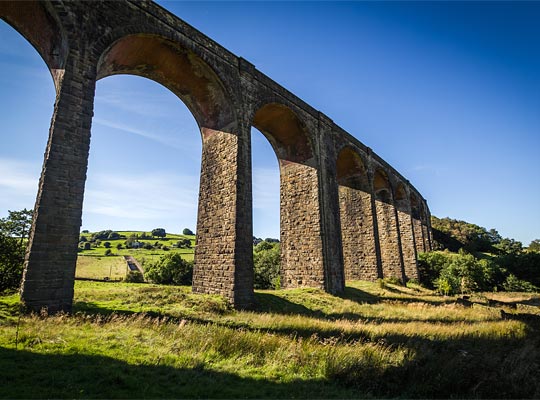
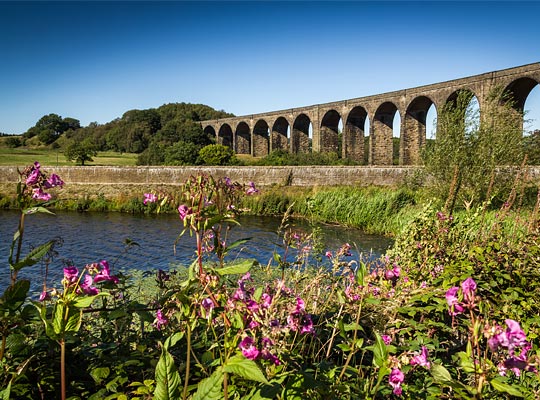
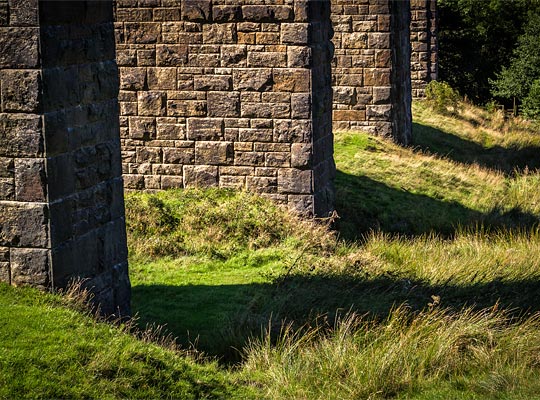
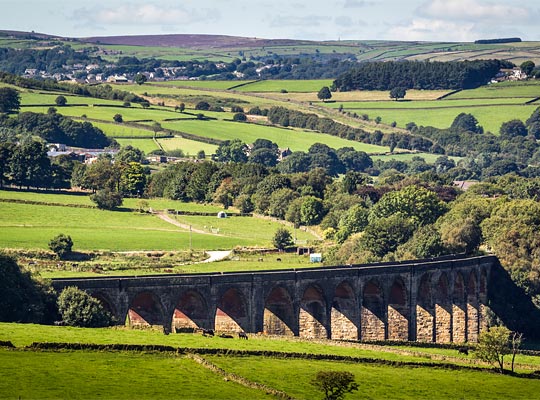
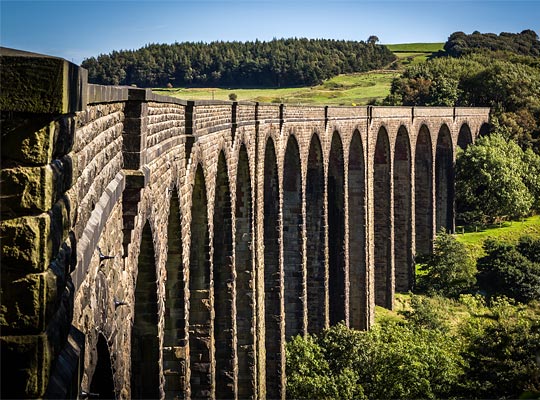
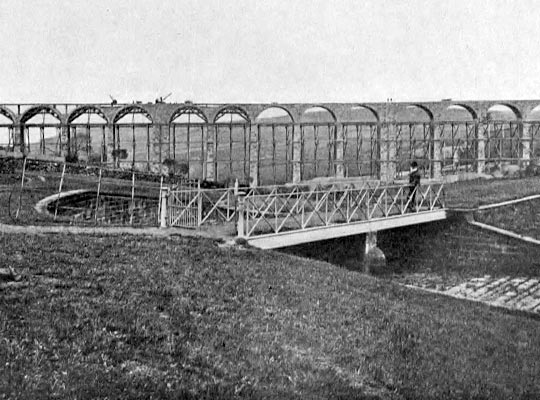
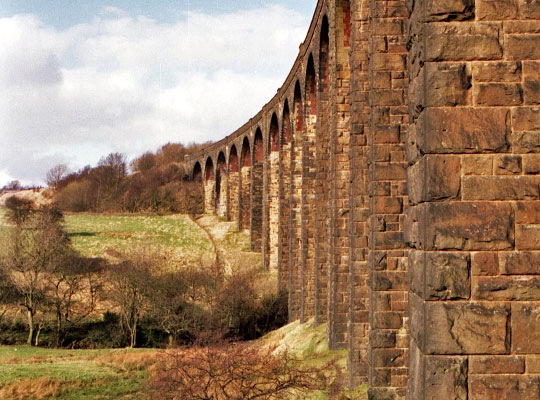










Driving the Great Northern Railway northwards from Thornton to Keighley was never going to be an easy ride for engineer Henry Fraser, with a viaduct to construct at Cullingworth as well as two substantial tunnels. Upwards of 1,500 men found work on the project. But Bradford Corporation elevated the challenge to another level when it objected to the proposed line crossing Manual’s Spring which fed one of the city’s reservoirs, fearful that it might cause pollution. Diverting the railway around the reservoir resulted in what became its defining landmark, that of Hewenden Viaduct (SDK/48).
Constructed by Benton & Woodiwiss, the structure proved problematic from the outset. Such was the volume of groundwater encountered that two engines were employed around the clock to pump the workings clear. The foundations had to be sunk up to 63 feet through shale and clay to reach the sandstone below. Upwards of £4,000 was spent on scaffolding alone.
In January 1882, 34-year-old labourer William Stotton was operating a travelling crane, positioned on a gantry over a foundation pit. He received an order to move it but didn’t hear the following instruction to stop; as a result, it plummeted six feet off the end. Stotton went with it, together with his brother and another man named Blades. Although stunned, his only apparent injury was a bruise to the head, but he passed away as he was carried home.
The viaduct extends for 376 yards, rising 123 feet over Hewenden Beck and curving to the west on a radius of 30 chains. Each 50 feet in span, it comprises 17 brick arches in groups of six, five and six, separated by king piers with projecting pilasters. The rest of the structure was constructed in stone, the material coming mostly from a nearby cutting excavation. That stone is bull-nosed on the piers, spandrels and parapets, but dressed for the copings, string course and inside faces of the arch voussoirs. Refuges are corbelled out above every other pier on each side of the deck; these also feature dressed stone.
The through route proved of great strategic importance, creating a direct link between the major textile towns in the Pennine foothills whilst bypassing the congested lines around Leeds and Bradford. It opened for goods traffic on 1st April 1884; the Board of Trade authorised the introduction of passenger services following an inspection the following day.
Known affectionately as the Alpine Route as a result of its heavy engineering, the line was officially severed on 11th November 1963 when the section between Thornton and Cullingworth was closed. This brought redundancy to Hewenden Viaduct. However the structure was granted a protective Grade II listing in October 1985 and Sustrans subsequently negotiated a lease of its deck from British Railways Board (Residuary), allowing the first phase of the Great Northern Railway Trail to be laid over it in 2005.
A combination of its setting, materials and engineering prowess make Hewenden one of the country’s grandest disused viaducts.







